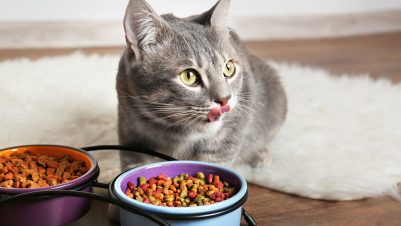An association between acute kidney injury and general anaesthesia is well-defined in human medicine, but there is little information in the veterinary literature. A new case series, published in the latest issue of the Journal of Small Animal Practice (JSAP), attempted to characterise common factors after a suspected increase in incidence of post-procedure acute kidney injury in animals without identifiable risk factors.
In a study called Twelve previously healthy non-geriatric dogs present for acute kidney injury after general anaesthesia for non-emergency surgical procedures in the UK, Emma Rogers-Smith and her co-authors retrospectively analysed the medical records of 12 dogs that presented for acute kidney injury following general anaesthesia across three multidisciplinary referral centres and one primary care practice in the UK. Information obtained included signalment, general anaesthesia, surgical procedure and peri-surgical management.
Emma Rogers-Smith, a resident in internal medicine at Davies Veterinary Specialists and corresponding author for the paper, said “A suspicion that there was an increase in non-geriatric dogs suffering acute kidney injury (AKI) shortly after elective procedures led to this study. Whilst our data supported this suspicion, there was an increase in incidence, the change itself is not statistically significant and so we are unable to be conclusive. This study is limited by small sample size and retrospective nature of the data. At this time no definitive causal link between these cases has been found. As such, we are urging clinicians with similar experiences in the last 24 months to get in touch. We hope to ascertain if there is any commonality between these cases and, if possible, better define the incidence of AKI in non-geriatric animals following elective procedures.”
Nick Jeffery, editor of JSAP concluded: “Nowadays, most veterinarians consider general anaesthesia safe in dogs and routinely allay pet-owner concerns. Whilst AKI following general anaesthesia seems to be rare, it is worrying that a specific risk factor was not identified in any dog, despite a wealth of available clinical data. I would urge any veterinarians that have similar cases to contact the authors.”
Any clinicians with similar experiences during the last 24 months should contact Emma Rogers-Smith on emma.rogers-smith@vetspecialists.co.uk.
The full article can be found in the June issue of the Journal of Small Animal Practice which is free for BSAVA members.
For information on how to become a BSAVA member visit BSAVA’s website.







